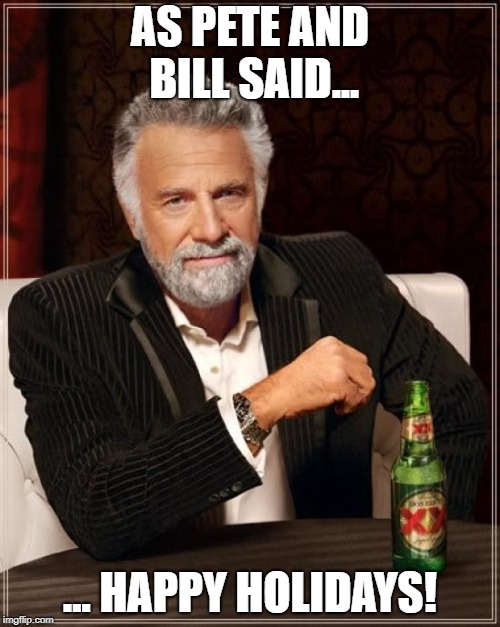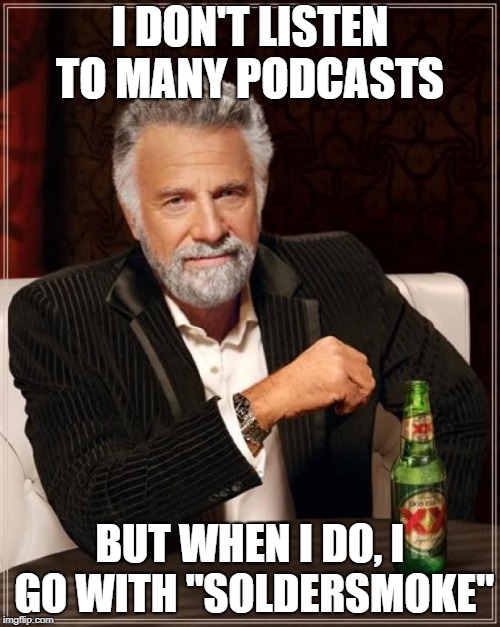Mars is moving away. Jupiter and Saturn close in the sky. And
the Sun is back in action – Cycle 25 is underway. Also, the earliest sunset is
behind us. Brighter days are ahead.
Book Review: “Conquering
the Electron” With a quote from Nikola Tesla.
No real travel for
us: Hunkered down. Lots of COVID cases around us.
Friends, relatives, neighbors. Be careful. You
don’t want to be make it through 10 months of pandemic only to get sick at the
very end. SITS: Stay In The Shack.
Pete's Bench and Tech
Adventures:
Backpack SDR keithsdr@groups.io
Hermes Lite 2
Coaching SSB builders
G-QRP talk
A new source for 9 MHz
crystal filters
Bill's Bench:
Fixing the HA-600A
Product Detector. Sherwood article advice. Diode Ring wins the day. Fixing a scratchy variable capacitor. Studying simple two diode singly
balanced detectors. Polyakov. Getting San Jian frequency counter
for it.
Fixing up the 17 meter
BITX. Expanding the VXO coverage. Using it with NA5B's KiwiSDR.
Resurrecting the 17
meter Moxon. But WHY can't I nest the 17 meter Moxon inside a 20 meter
Moxon? They do it with Hex beams. Why so hard with Moxons? DK7ZB has a design,
but I've often heard that this combo is problematic. Any thoughts?
I could just buy a 20/17 Hex-beam but this seems kind of heretical for
a HB station.
Suddenly getting RFI
on 40 meters. Every 50-60 Hz. Please tell me what you think this is (I played a recording).
MAILBAG:
Dean KK4DAS’s Furlough
40/20
Adam N0ZIB HB DC
TCVR
Tony G4WIF G-QRP
Vids. Video of George Dobbs.
Grayson KJ7UM
Collecting Radioactive OA2s. Why?
Pete found W6BLZ
Articles
Rogier KJ6ETL PA1ZZ
lost his dog. And we lost ours.
Steve Silverman KB3SII
-- a nice old variable capacitor from Chelsea Radio Company.
Dave K8WPE thinks we
already have a cult following.
Dan W4ERF paralleling
amps to improve SNR.
Jim W8NSA -- An old friend.
Pete Eaton
WB9FLW The Arecibo collapse
John WB4GTW old
friend... friend of:
Taylor N4TD
HB2HB
And finally, we got lots
of mail about our editorial. No surprise: Half supportive, half
opposed. Obviously everyone is entitled to their opinion. And we are free to
express ours. It’s a free country, and we want it to stay that way.
That is why we spoke out.
Yesterday the Electoral
College voted, finalizing the results. All
Americans should be proud that the U.S. was able to carry out a free and fair national
election with record turn out under difficult circumstances. And all loyal
Americans should accept the results. That’s just the way it works in a democracy.
We are glad we said
what we said. It would have been easier and more pleasant to just bury our
heads in the sand and say nothing. But
this was a critically important election and we felt obligated as
Americans to speak out. We'd do it
again. And in fact we reserve the right to speak out again if a similarly important issue
arises.




































